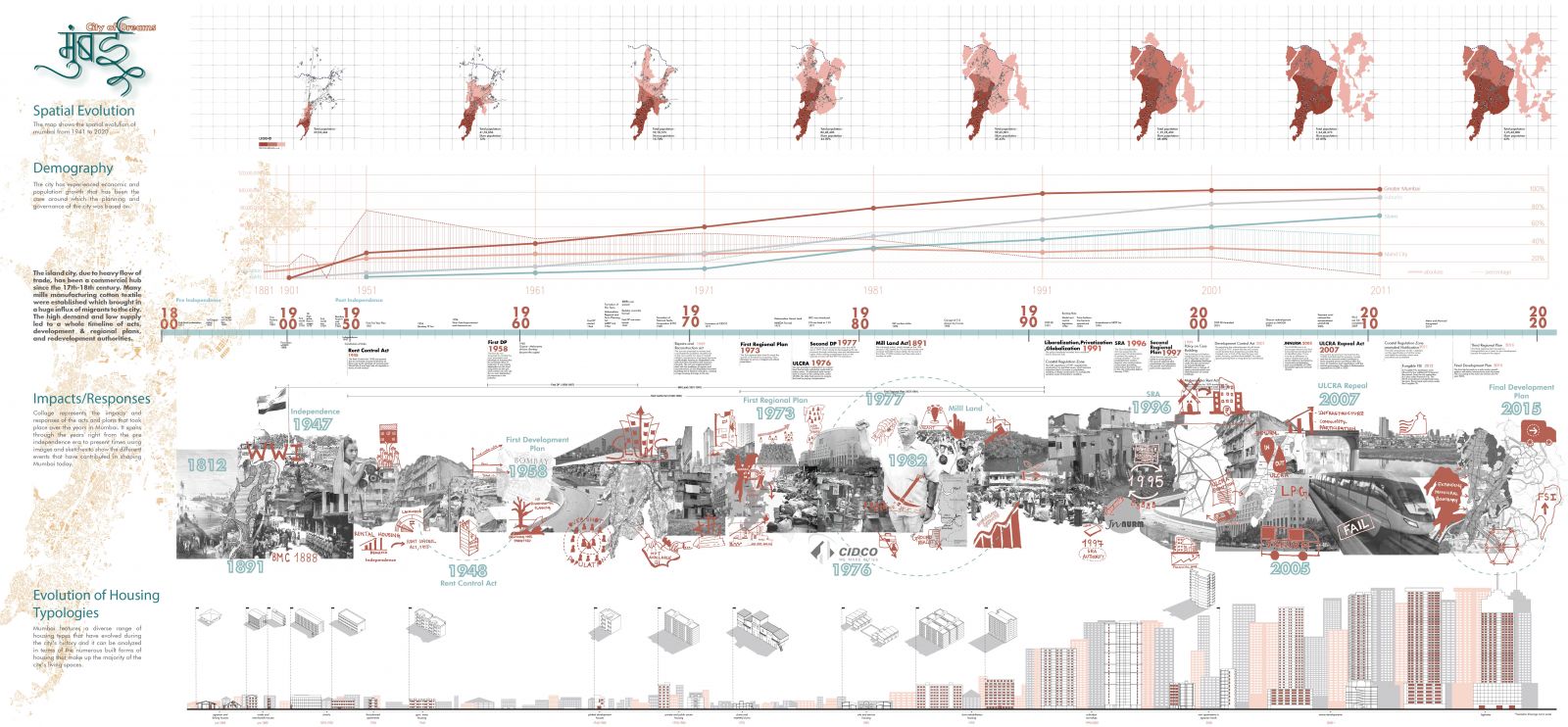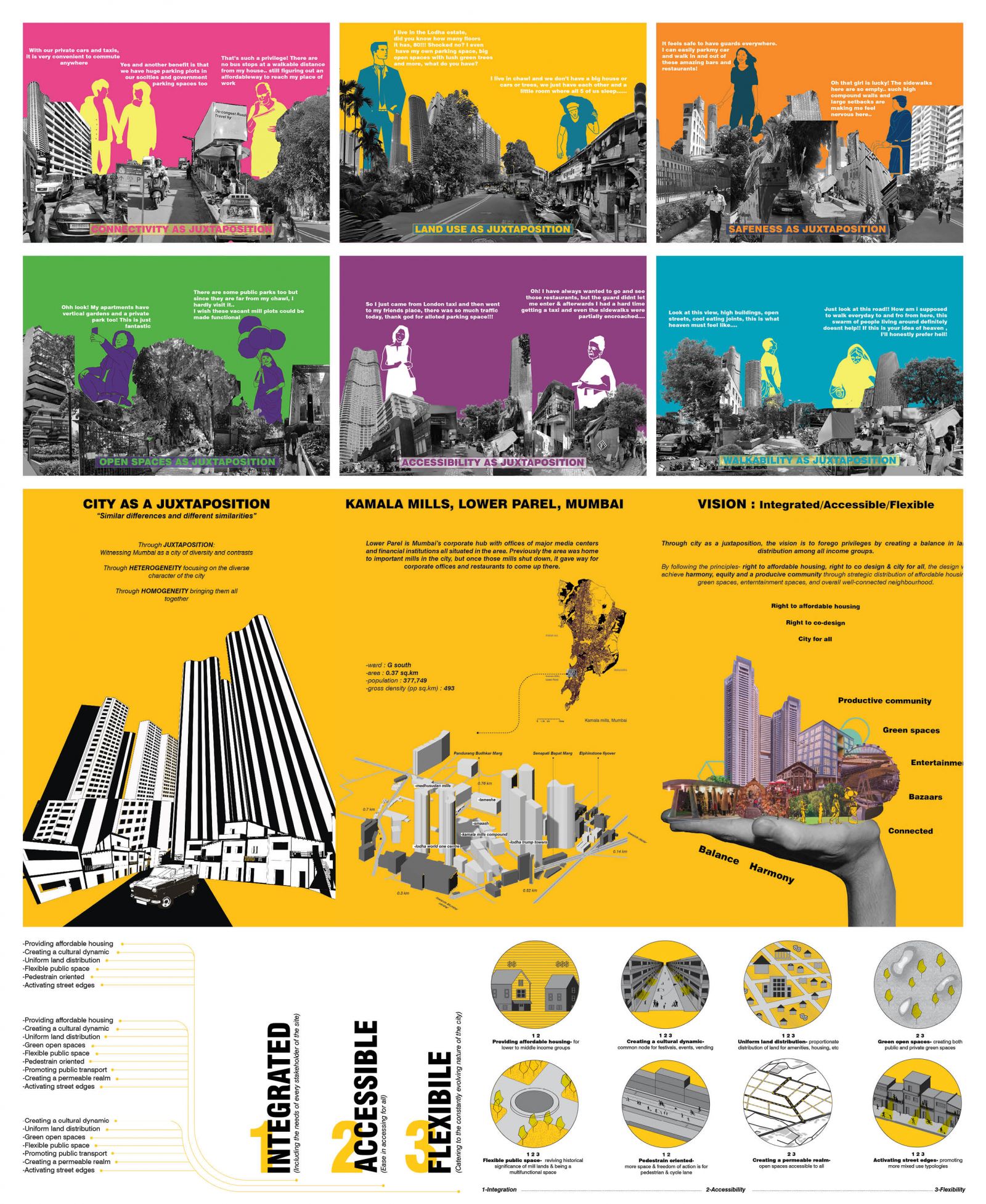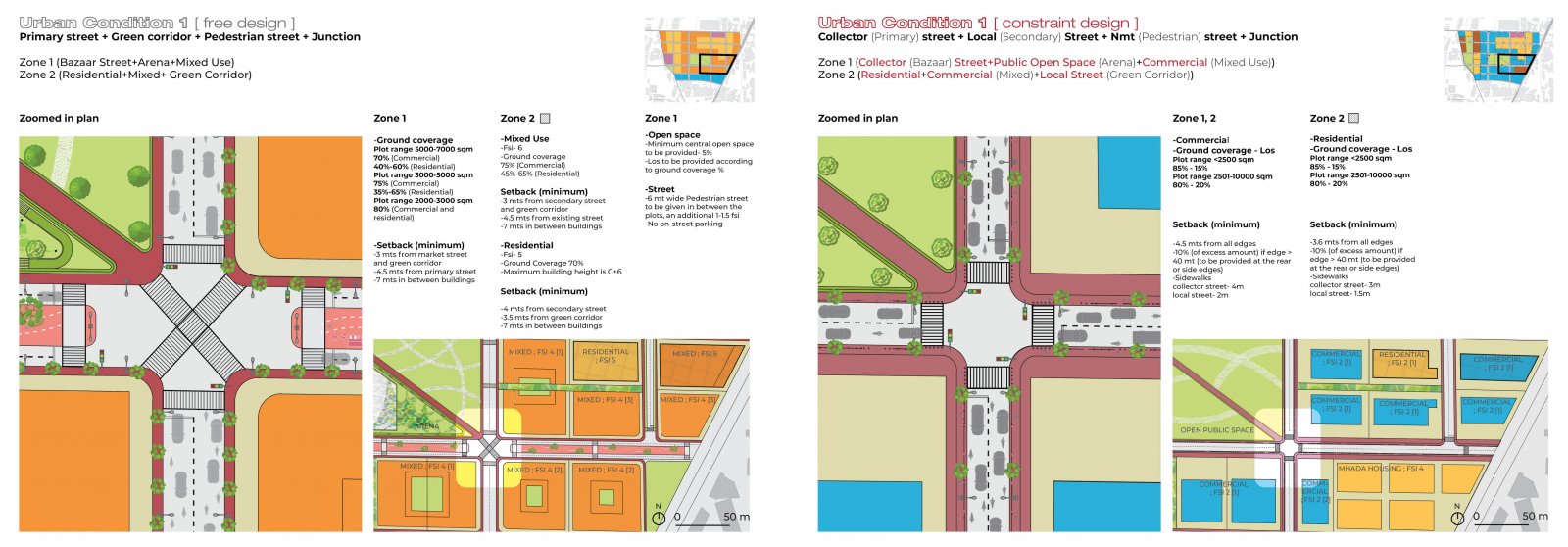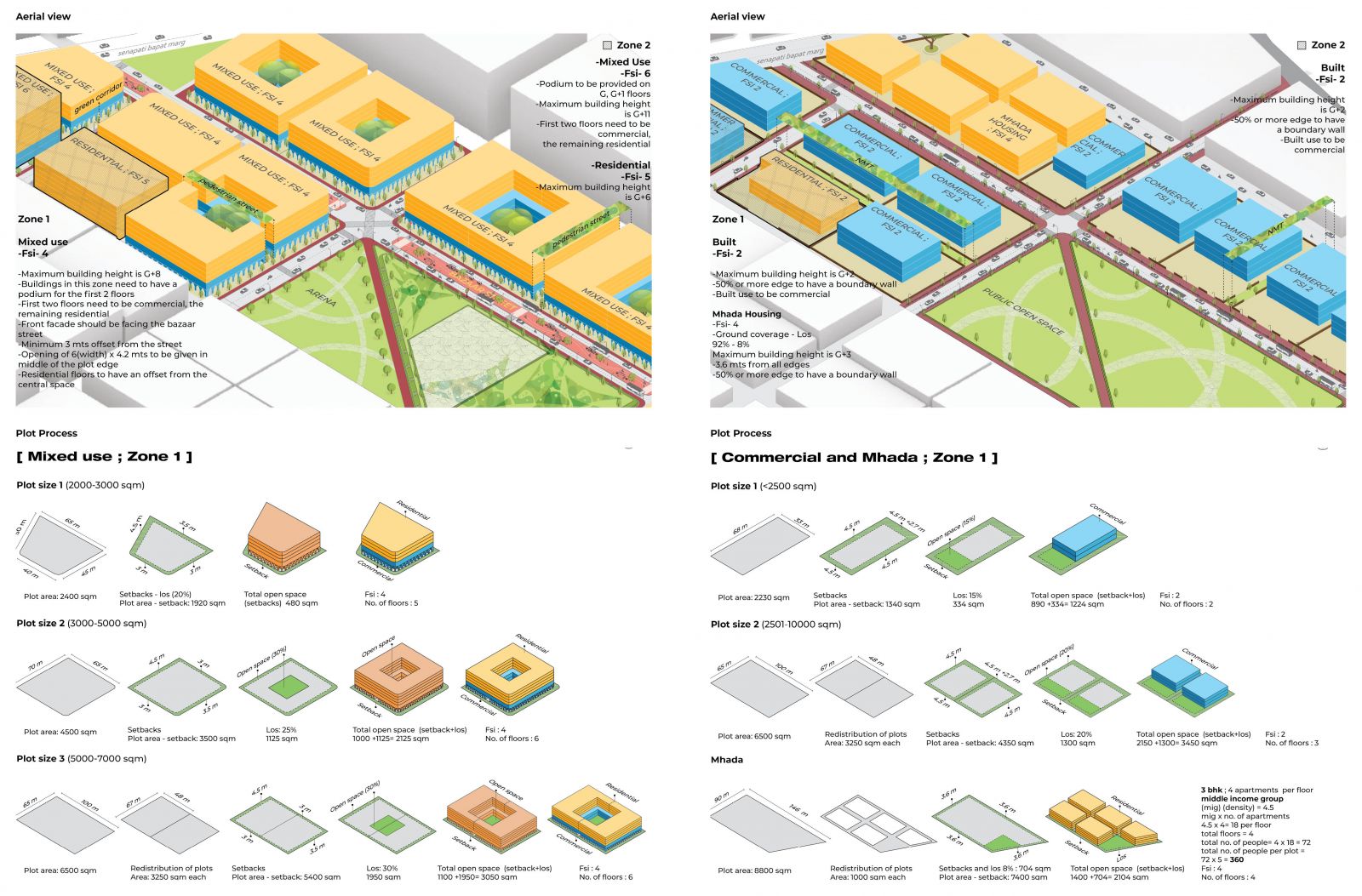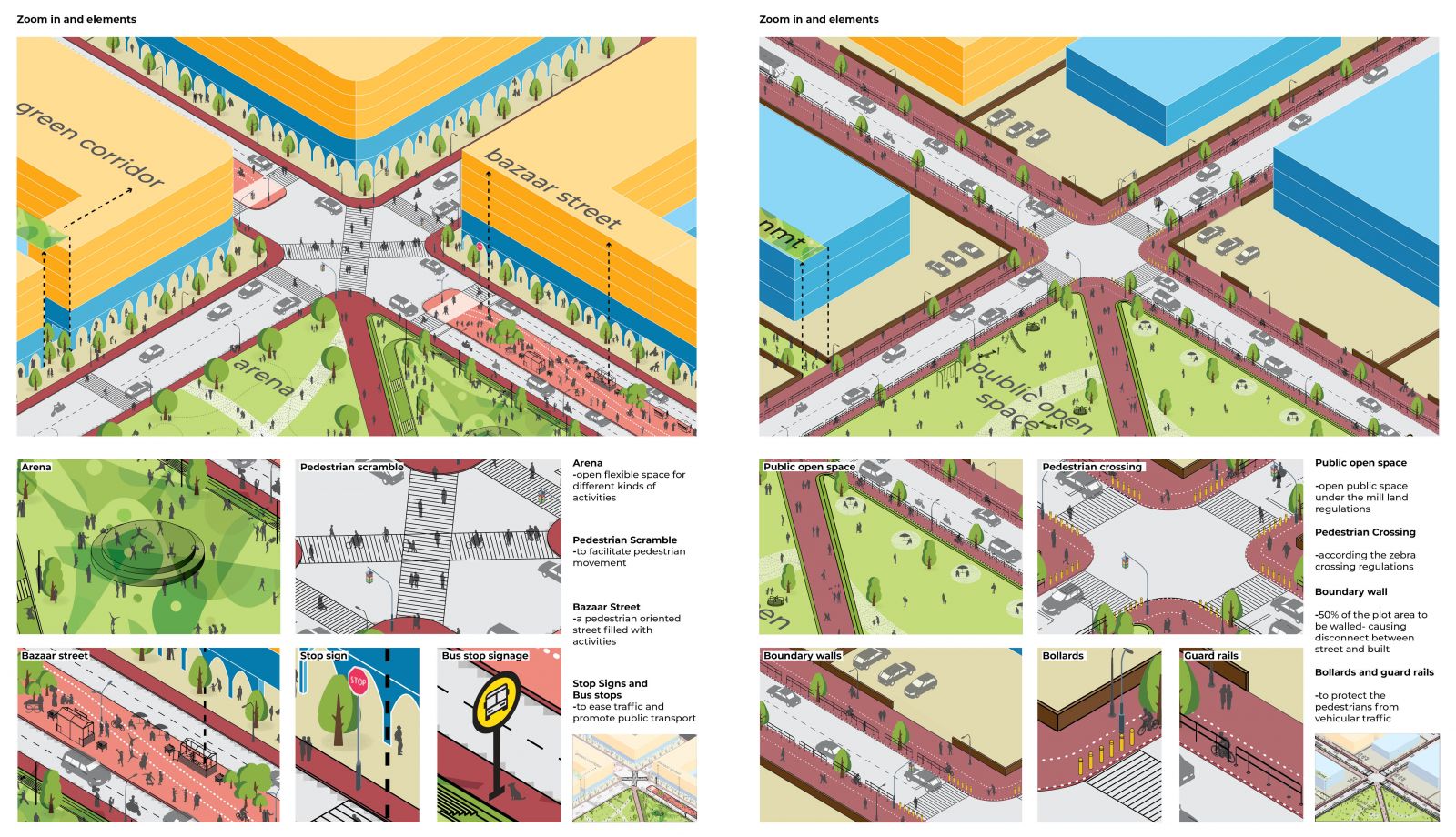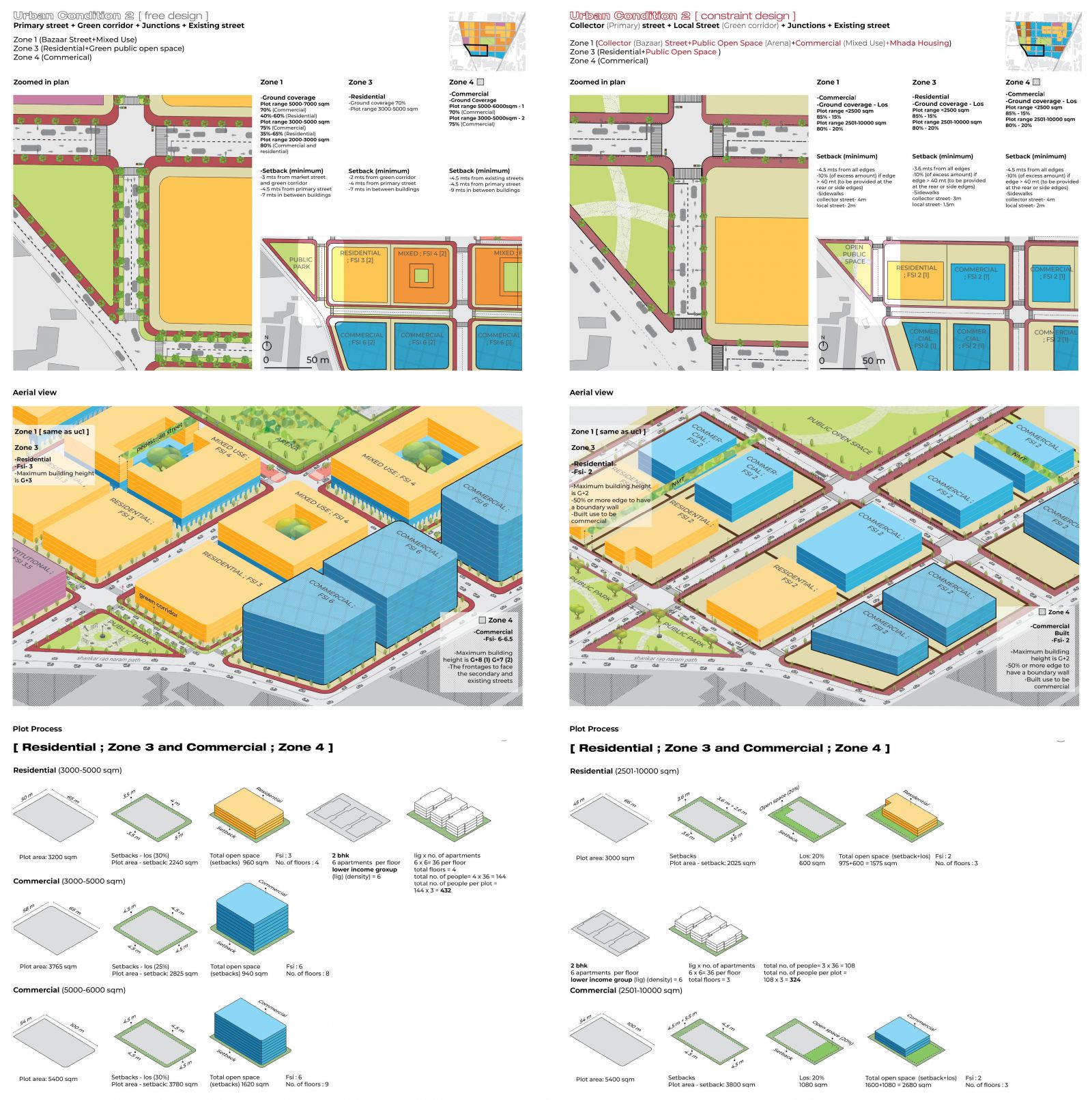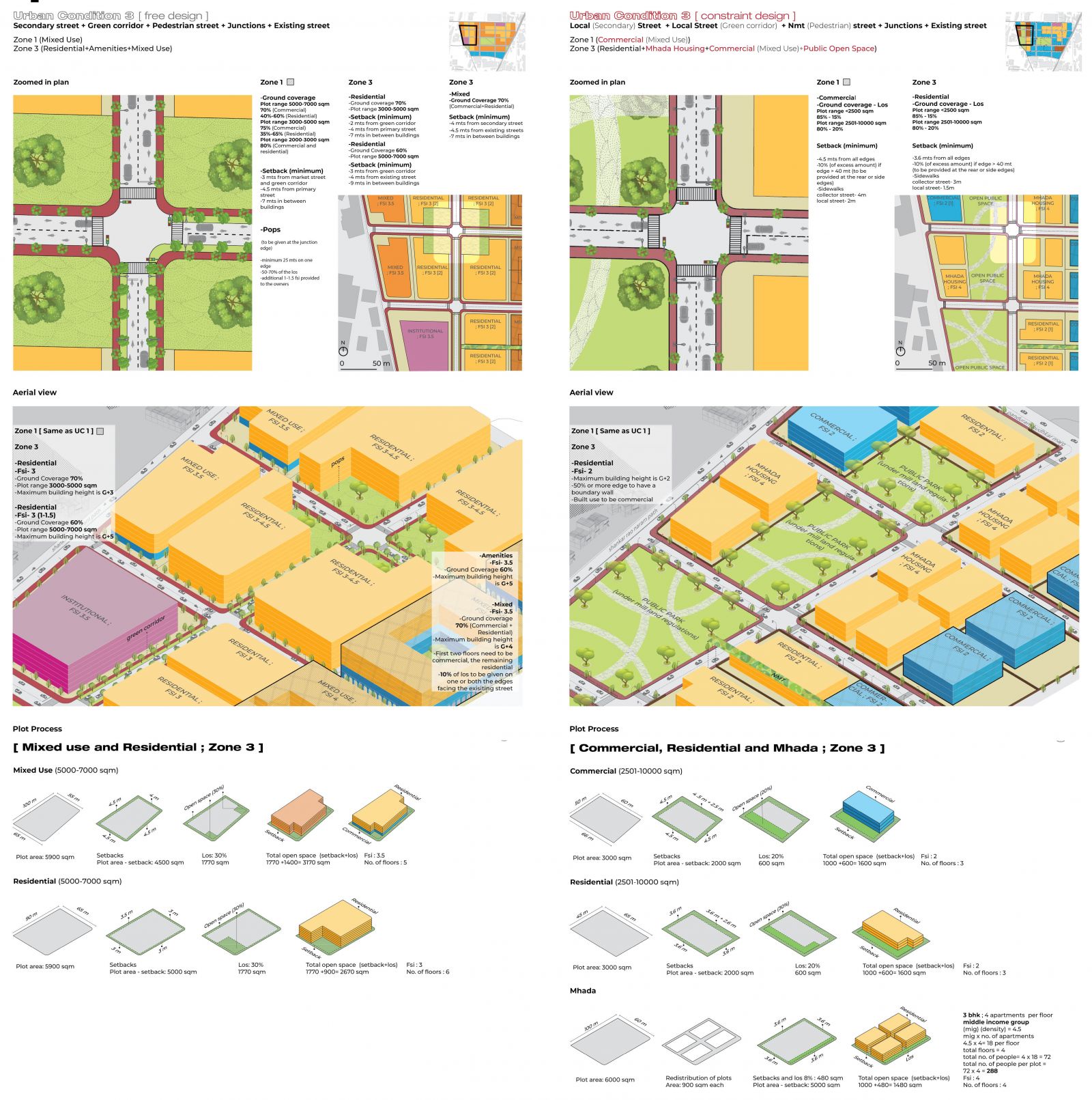Your browser is out-of-date!
For a richer surfing experience on our website, please update your browser. Update my browser now!
For a richer surfing experience on our website, please update your browser. Update my browser now!
“Privilege is when you think that something is not a problem for you personally” by David Guider. Once famous for churning out the most amount of business in the city, the mills of Mumbai are now home to some of the best nightlife spots in the city. Having a strong commercial presence during the colonial period the site flooded with cotton textile mills: Kamala, Madhusudhan, Bombay dyeing, Century, Phoenix, etc. The site has remained modern in its time but a lot of mill land has been revamped and made into huge malls, 5-star hotels, commercial and residential estates. This has led to a series of problems, the most prominent being the contrasts among its people and the prioritization of one socio-economic group over another. Therefore through our manifesto of “ CITY AS A JUXTAPOSITION”, we look and take in this contrast and diversity and address the needs of all the stakeholders in a sensitive and cohesive manner. The issues of land use, safety, accessibility, connectivity, open spaces have been taken into account and have led to the derivation of principles- integration, accessibility, and flexibility that act as the core components for the design decisions. In addition, affordable housing has been considered as Mumbai is one of the densely populated cities in our country.
View Additional Work